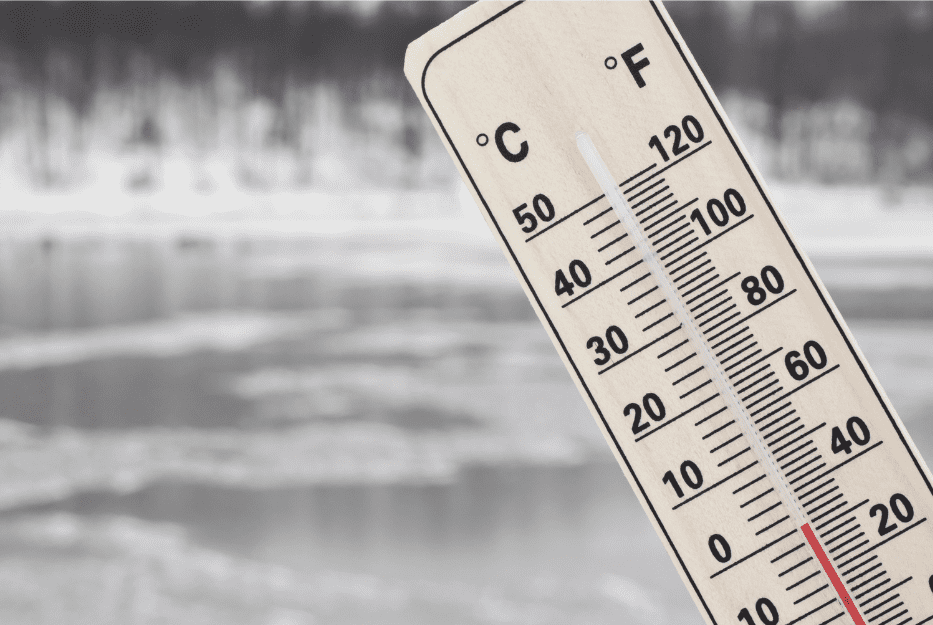Being New Englanders, we are used to unexpected weather changes, but it is still important to be prepared. We at CPS have put together some important steps to take, and components of your heating system to be aware of, when extreme weather hits. The average highs for our part of New England are usually mid 30’s during the day and 20’s in the evenings during the coldest part of the winter. As temperatures drop below this, here are some things to be aware of:
1. If you have pipes that have frozen in the past, please pay special attention to these. Maybe open them up to warmer areas of the home or keep the water flowing at a slow drip.
2. As a lot of us have transitioned to heat pumps, be aware of your heating pipes. If you still have hydronic heat in your home, it would be wise to turn it on during this cold snap to keep water flowing through the pipes. Since most times they are against the outside walls, there is a chance of the pipes freezing, even if the home itself is warm.
3. This is NOT the time to use the setbacks on your thermostats. Your home may be losing heat faster than your heating system can add heat to the home. This will be especially true with heat pump systems. They have been designed around your home’s location and using Manual J calculations. These calculations are based on historical data from your home’s location. An example would be Boston. The design condition is 13 degrees above 0. So, in theory if Boston drops below 13 degrees and your system was sized properly, your home will be losing heat faster than the heating system can produce it.
4. In the normal operation of a heat pump, the system goes into what is called a defrost cycle. This melts any ice that has built up on the outdoor coils. In this process the ice will melt, and the water will run off. During extreme cold the water may freeze before it can get out of the unit. To help prevent this, make sure leaves, sticks, mulch, and snow are all cleared away from the outdoor unit so it can drain as rapidly as possible.
5. Many of us also have high efficiency furnaces that produce condensate as a byproduct of their operation. In many cases this condensate is pumped outside. Most of the time this is not an issue, but during extreme cold weather this condensate can freeze quickly and back up the condensate pump and cause the furnace not to operate. It would be a good time to find out where your condensate is going, so you can make sure it is not freezing back up into the drain. Normally just breaking up any ice around it should be sufficient until our normal temperatures return.
In summary, pay attention to your heating system. Leave the thermostat at a steady temperature when temperatures are below normal. Make sure any water going outside can quickly drain away and if you find that your heat is not working, rest assured CPS will be there to help.






